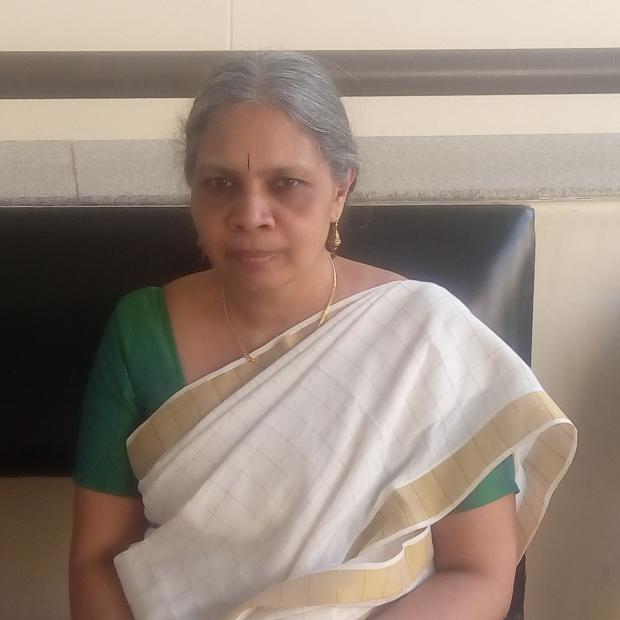
Photo: Dennis C.J. / Reserach Matters
India’s first dedicated space observatory, the ASTROSAT, has discovered a unique pair of stars in a binary system. In a recently published study, researchers from the Indian Institute of Astrophysics (IIA), Inter-University Centre of Astronomy and Astrophysics (IUCAA), Tata Institute of Fundamental Research (TIFR), Indian Space Research Organization (ISRO) and the Canadian Space Agency (CSA), have reported the discovery of an unusual companion (prey) to a ‘blue straggler’ (vampire star) in the nearby open cluster of stars called NGC 188. They have also observed that this system is unique in the sense that, of the two stars in the binary system, one of them has been feeding off of its companion till very recently. The science paper with the above result is published in Astrophysical Journal Letters.
The ASTROSAT, launched by ISRO on the 28th of September 2015, is India’s first multi-wavelength space observatory. The mission includes an Ultraviolet Imaging Telescope (UVIT), a Large Area X-ray Proportional Counter (LAXPC), a Soft X-ray Telescope (SXT), a Cadmium Zinc Telluride Imager (CZTI) and a Scanning Sky Monitor (SSM). These instruments observe the sky for electro-magnetic radiations in the visible, ultraviolet and X-ray frequency ranges coming from distant celestial sources. Researchers have been using the telescope to study high-energy processes in stars, binary stars, stellar clusters, and galaxies.
The Ultraviolet Imaging Telescope (UVIT), using which scientists unveiled this, was designed and fabricated by a team consisting of scientists and engineers from IIA, IUCAA, TIFR, ISRO, and CSA and led by Prof. Shyam Tandon. It is made of twin telescopes with an effective diameter of 375mm each and records images in the Far UV, Near UV and visible frequencies. UVIT provides very sharp UV images over a field of view as large as the Moon. “The UVIT is the first UV mission to use multiple filters, which can do spectral sampling”, remarks Prof. Annapurni Subramaniam, a Professor at IIA and the Calibration Scientist of UVIT on board the ASTROSAT. This is the first science result from UVIT.
Understanding blue stragglers, stars that appear to stay young, defying aging, is of great importance in improving our understanding of stellar evolution. “The most popular explanation is that these are binaries in which the smaller star sucks the material out of the bigger companion star to become a blue straggler, and hence called a vampire star. The small star becomes bigger, hotter and bluer, which gives it the appearance of being young, while the aging companion burns out and collapses to a stellar remnant”, explains Prof. Subramaniam.
The finding is unique, as this is the first time that a strange companion star has been detected for a blue straggler. The hot blue companion is mysterious and does not quite fit in the known evolutionary scheme of stars. “The companion is still going through aging and has not yet become a remnant. It is also hot and large; therefore it appears very bright in ultraviolet image, but not so bright in image taken with an optical telescope looking at visible light. Hence, previous studies of the blue straggler in the optical range could not detect the companion. This pair thus becomes a rare sample to study the details of the formation of blue straggler stars. As the sucked up material from the aging star will be polluted with material processed within the aging star, this blue straggler will throw light on the kind of nuclear processing that happens in aging stars”, says Prof. Subramaniam about this exciting discovery.
This discovery also highlights the capabilities of the telescopes on ASTROSAT. “The data from six filters of UVIT were used to estimate the precise temperature of the companion star, its size and brightness. This has been possible only due to the excellent capability of the UVIT telescope”, adds Prof. Subramaniam.
The progress in technology and advances in imaging have started a new era of discoveries that increase our understanding of the Universe in previously unheard ways. With home grown capabilities like the ASTROSAT staring into the darkness of the cosmos, an interesting and exciting future lies ahead for Indian astrophysics. “Binary star evolutions are always interesting. Depending on the interactions between them, the outcome could be anything. But in this case we have caught them in the process of changing. So, as a next step we would like to understand the chemical composition of the Blue Straggler, using a high resolution spectroscopy, which could tell us more about the evolution of these peculiar objects” signs off Prof. Subramaniam.
























